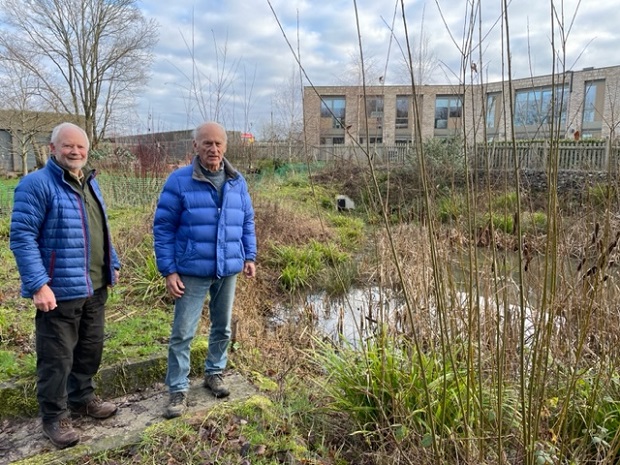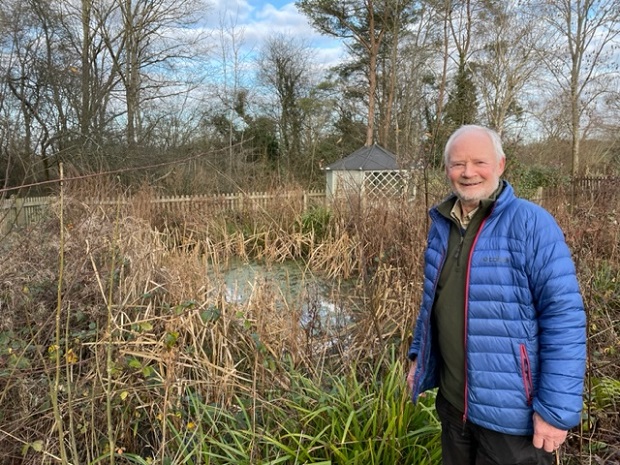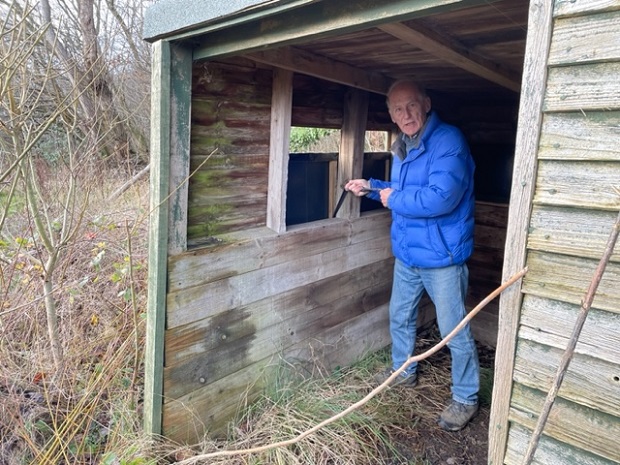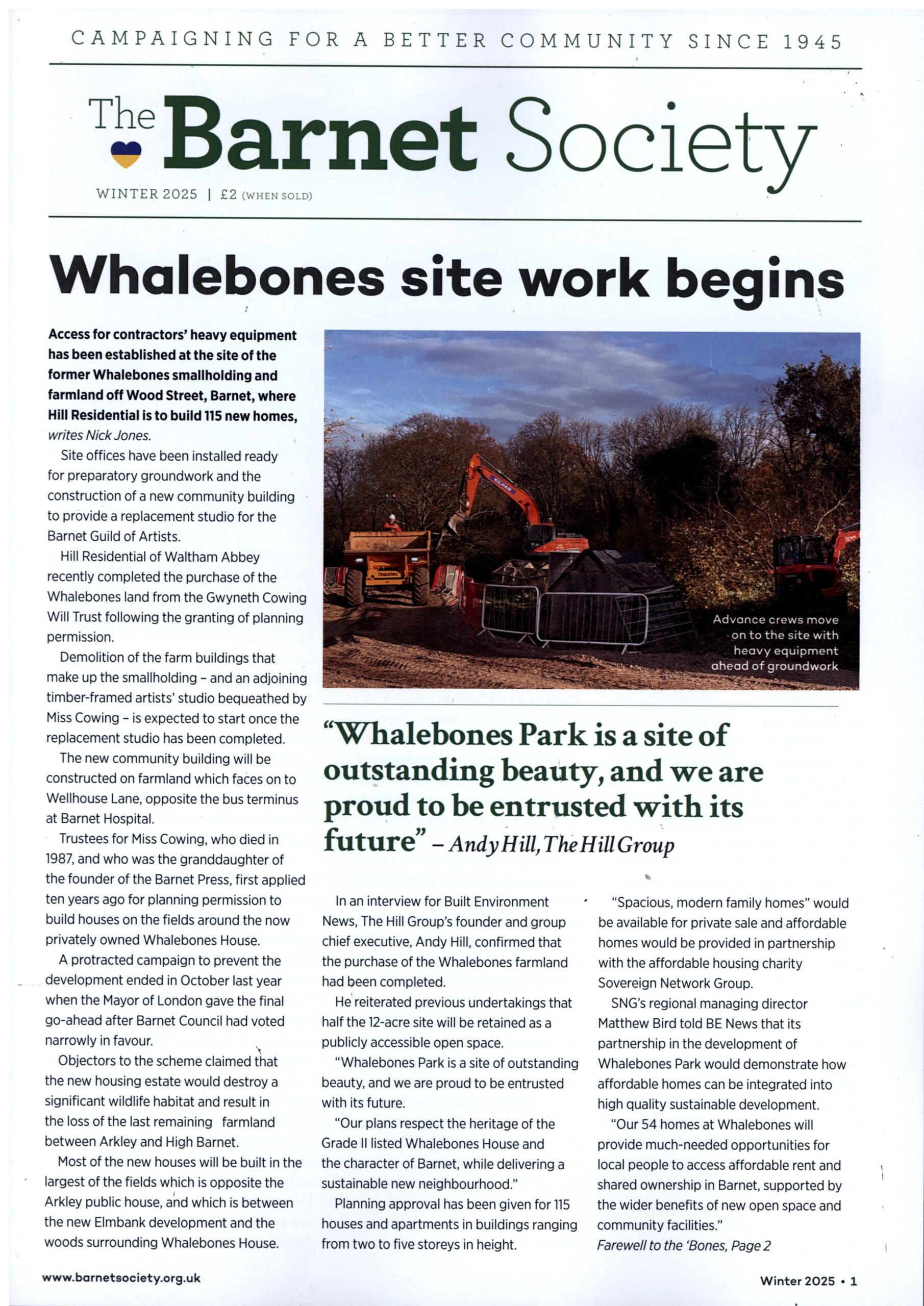Busy year ahead enhancing biodiversity at High Barnet’s wild life haven popular with visiting school children

High Barnet’s nature reserve near the Byng Road playing fields — which is now being visited by around 2,000 school pupils ever year — is embarking on a series of ambitious projects to increase its biodiversity.
Encouraging more pond life, attracting a greater variety of wild birds, and improving the meadow land for field mice and voles are just some of the tasks lined up for volunteers at the Barnet Environment Centre.
Later this year the centre will be celebrating the 50th anniversary of the designation of the land as an educational environmental site.
Its current popularity for visits by primary school children from Barnet and neighbouring local authorities is a testament to the dedicated efforts of countless working parties.
Dates for the four-hour sessions with environmental educational manager and biology teacher Robyn Stern are filling up fast for the popular months of May and the centre expects to reach last year’s total of 2,100 children visiting the centre.
There are ambitious plans to enhance two ponds originally designed to take surplus surface water and which can become stagnant in the summer.
Bernard Johnson, chair of the centre’s trustees (above, left) with vice chair Dick Elms, hopes the pond nearest the Noah’s Ark Children’s Hospice can be enlarged to make it even more attractive to species like damselflies which visited the centre last year.
“Hertfordshire and Middlesex Wildlife Trust say the damsel fly is slowly spreading from east to west across the country and our nature reserve is the furthest west they have been recorded so far,” said Mr Elms.
“Damselflies are like small dragon flies. They lay their eggs on leaves overhanging water and it would be wonderful if we could create the right conditions for them and for them to became regular visitors.”

The second of the two ponds is going to be redesigned so that if fills with water in the winter but then dries out in the summer – another way of increasing the biodiversity.
“The Wildlife Trust say these two ponds have the greatest range of biodiversity in the whole of the environment centre,” said Mr Johnson.
“Hopefully we can set aside an area beside the ponds where the wildlife can be viewed – and the damsel fly would be a real addition to the regulars like ducks, newts, frogs, and toads.
“By redesigning the two ponds we hope to make a real improvement in the biodiversity of this part of the nature reserve.”

Another project on which work has started is to create a bird hide by converting former a stable for the donkeys that were once kept on the site.
On either side the centre hopes to plant thistles and other plants to attract butterflies, insects, and wild birds such as finches.
Dick Elms said retractable windows inside the hide would provide observation points for children to see birds and butterflies at close quarters.
A less glamorous project – but just as important – is cutting back the brambles which have been encroaching on the main meadow.
“What we are trying to do is improve the habitat for field mice and voles while at the same time keeping the rough patches that appeal to butterflies and insects.”
Mr Johnson said the centre had made an excellent start to the 2023-24 academic year with 500 children visiting the site in the autumn term. Visits are due to resume in the second week of January after the Christmas and New Year break.
Parties of between 25 to 30 pupils from schools in Barnet, Enfield, Haringey, and Hertfordshire spend up to four hours at the nature reserve between 10am and 2pm three days a week, on Tuesdays, Wednesdays, and Thursdays.
“Our appeal has always been to primary school children, but more secondary school pupils are taking an interest in what we do.
“Some boys at Queen Elizabeth’s School are hoping to do a project here and another secondary school in Potters Bar is planning a visit.”

